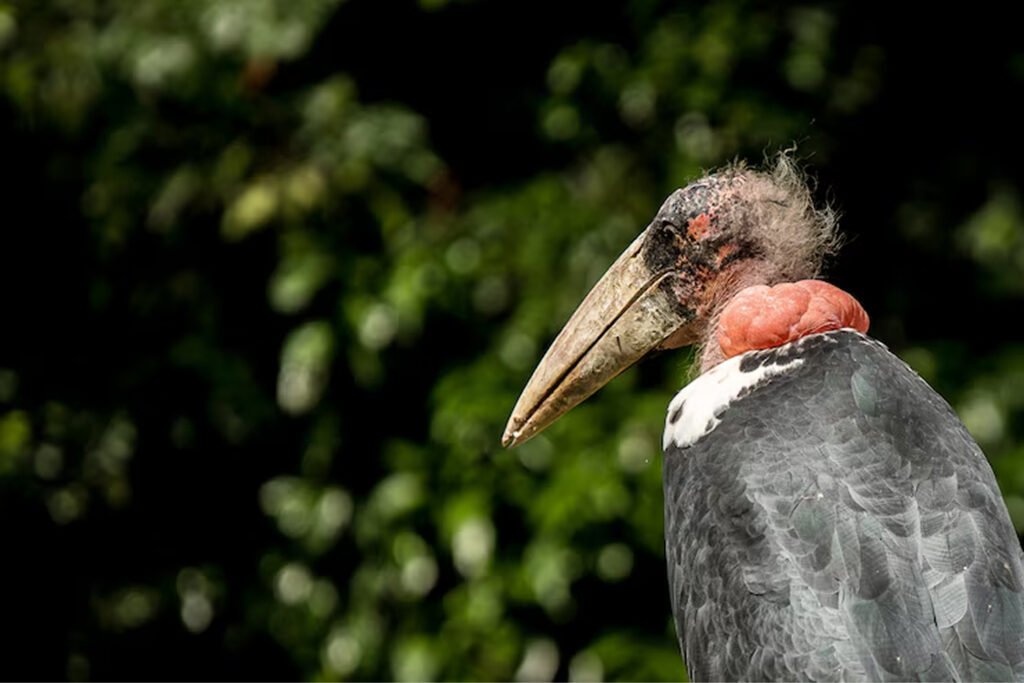Are birds the forgotten jewel of biodiversity? With more than 10,000 species worldwide, each with its own story, some remain hidden in the most intriguing way: endemic birds, species exclusive to particular regions. These unique avian wonders result from evolutionary quirks like geographic isolation and specialized habitats. However, their charm comes with vulnerability, as their limited homes face mounting threats. This blog delves into the captivating world of endemic birds, unveiling their ecological significance and identifying global hotspots, while exploring conservation and birdwatching opportunities for enthusiasts.
Global Hotspots for Endemic Bird Species
Biodiversity hotspots are regions that contain exceptional levels of species diversity, including numerous endemic species found nowhere else on Earth. These areas are critical for conservation due to their rich variety of life and the threats they face. Global bird diversity is particularly concentrated in these hotspots, where unique ecosystems provide habitats for a wide array of bird species. Endemic bird hotspots often coincide with regions that have experienced geographic isolation, such as islands or remote landscapes, allowing species to evolve distinct characteristics over time. This makes these areas vital for understanding avian evolution and for prioritizing conservation efforts.
Madagascar, Indonesia, and Brazil are prime examples of countries with significant bird endemism. Madagascar, with over 100 endemic bird species, showcases its unique biodiversity due to its isolation from mainland Africa. In Indonesia, the vast archipelago supports more than 530 endemic bird species, benefiting from a range of habitats from tropical rainforests to mountain ecosystems. Brazil, known for its diverse ecosystems such as the Amazon rainforest and the Atlantic Forest, is home to over 260 endemic bird species. These regions are not only crucial for birdwatching enthusiasts but also represent important areas for conservation due to the pressure of habitat destruction and climate change.
Other notable regions with high bird endemism include Australia and New Zealand. Australia’s diverse landscapes, from arid deserts to lush rainforests, host numerous endemic birds like lyrebirds and fairywrens. Meanwhile, New Zealand’s isolation has resulted in unique species such as the Kiwi, Kea, and Takahe. These areas provide invaluable insights into adaptive evolution and ecological dynamics. They also highlight the importance of conservation efforts to protect these irreplaceable species and their habitats from ongoing environmental threats.
| Region | Number of Endemic Bird Species | Notable Species |
|————-|——————————–|——————————–|
| Madagascar | 100+ | Madagascar Pochard |
| Indonesia | 530+ | Birds of Paradise |
| Brazil | 260+ | Hyacinth Macaw |
| Australia | Numerous | Superb Lyrebird |
| New Zealand | Numerous | Kiwi, Kea, Takahe |
Birdwatching Destinations for Endemic Bird Enthusiasts
Birdwatching enthusiasts are drawn to the challenge and excitement of observing endemic species in their natural habitats. These unique birds, found only in specific regions, offer a glimpse into evolutionary processes and adaptation. Such experiences not only provide personal enrichment but also emphasize the importance of conservation. Observing these species in their natural environments often highlights the ecological pressures they face, fostering a greater understanding and advocacy for their protection. Birdwatching thus becomes a conduit for promoting conservation awareness and action.
The Galápagos Islands and Hawaii stand out as prime destinations for those seeking to encounter endemic bird species. The Galápagos Islands, famous for their role in Charles Darwin’s theory of natural selection, host a remarkable array of unique avian species, including the iconic Darwin’s finches. Hawaii, with its lush landscapes, offers sightings of the vibrant ‘I’iwi and other native honeycreepers. Traveling to these locations allows birdwatchers to witness firsthand the extraordinary adaptations these birds have developed in response to their isolated environments. These destinations serve as living laboratories for studying biodiversity and adaptation.
Engaging in eco-friendly travel when visiting birdwatching destinations not only enhances the experience but also contributes to the preservation of these vital habitats. By opting for sustainable travel practices, birdwatchers can minimize their environmental impact while supporting local economies and conservation initiatives. Hiring local guides not only provides valuable insights into bird behavior and ecology but also supports community-based conservation efforts. Such travel choices ensure that future generations can continue to enjoy and learn from these irreplaceable natural wonders.
- Hire local guides to gain expert insights and support community conservation.
- Respect wildlife regulations to minimize disturbances to birds and their habitats.
- Plan visits during non-breeding seasons to reduce stress on bird populations.
- Use eco-friendly products and practices to lessen environmental impact.
Final Words
Exploring endemic bird species around the world reveals their vital role in our ecosystems and their vulnerability to extinction. These unique birds, often confined to specific regions, play crucial roles such as pollination and seed dispersal. Global hotspots like Madagascar and Indonesia offer rich biodiversity, making them popular destinations for birdwatchers.
Conservation strategies are vital for protecting these birds from threats like habitat loss. Community and international efforts significantly contribute to their preservation. By engaging in eco-friendly travel and supporting local initiatives, bird enthusiasts can aid conservation while enjoying birdwatching adventures.
FAQ
What is the meaning of endemic birds?
Endemic birds are species confined to a particular geographic region due to factors like geographic isolation and habitat specialization. Their unique adaptations often restrict them to specific environments.
Which country has the most endemic bird species?
Indonesia has more than 530 endemic bird species, making it the country with the most endemic bird species globally.
What country has the most endemic species?
Indonesia stands out as the country with the largest variety of endemic species across different animal groups, not just birds.
How many endemic bird species are there in the USA?
The USA has about 20 endemic bird species, which are unique to its geographic regions.
Are endemic species widely distributed around the world?
Endemic species are not widely distributed; they are restricted to specific geographic regions and face threats from habitat loss and environmental changes.


